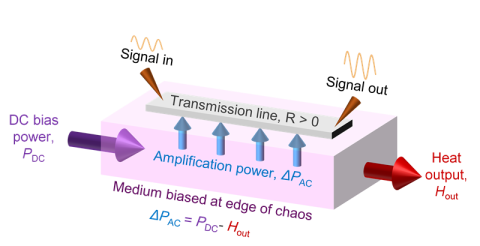
Emulating the edge of chaos of axons enables a metal wire to overcome its resistance without cooling, thereby amplifying signals flowing inside of it.
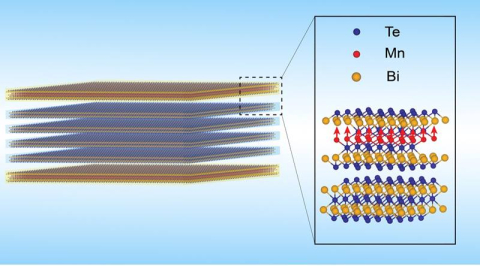
Layers of a surface-conducting material, sandwiched between layers of a magnetic insulator, could lead to more powerful, energy-efficient electronics.
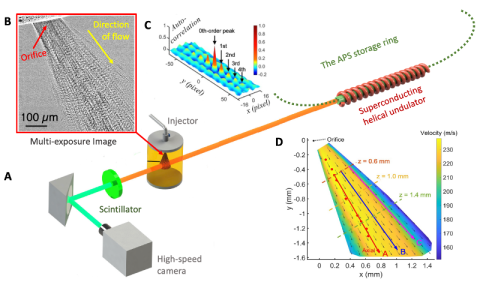
Ultrafast X-ray imaging created with new technology offers insights into improving the energy efficiency of combustion engines.
Electron transfer between atomically thin materials triggers the ultrafast release of heat.
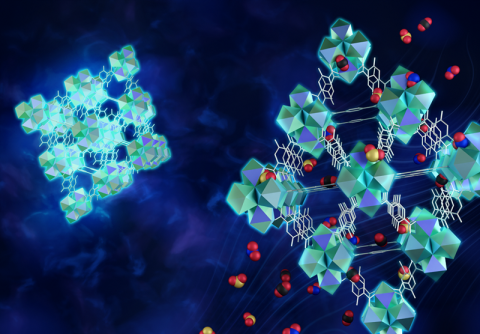
Researchers used neutrons to study porous metal materials called MOFs that trap toxic gases that are harmful to the environment and human health.

Scientists chart a path to sub-femtosecond hard X-ray Free-Electron-Laser pulses powered by compact plasma-based accelerators.
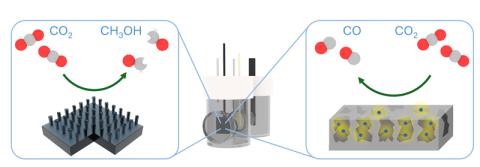
High-surface area silicon improves light-driven reactions of carbon dioxide.

Scientists learn how to manipulate quantum properties in graphene to create resistance-free, electricity channels for loss-free future electronics.

Synchrotron X-ray spectroscopy allows atom-level examination of iron and terbium atoms.
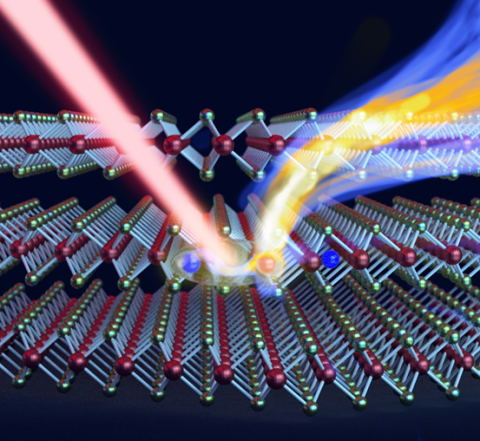
By using a small number of photons to process information, two-dimensional quantum materials can lead to secure, energy-efficient communications.

